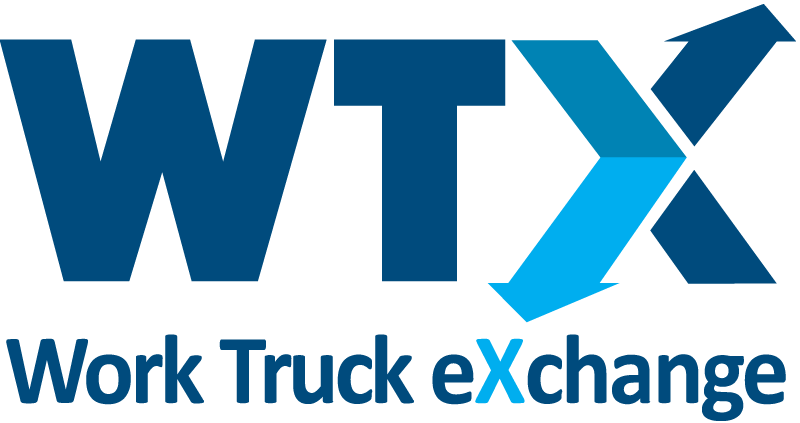Following a net loss of $103.8 million in fiscal year 2023, Lion Electric Company is reporting it plans to cut workforce and reduce costs in several additional areas.
Motiv Delivers 5 Electric Step Vans to Shasta Linen Supply
New electric trucks provided by Motiv Power Systems are providing zero-emission deliveries to communities with some of the highest pollution levels in California, while meeting EV regulations ahead of schedule.


